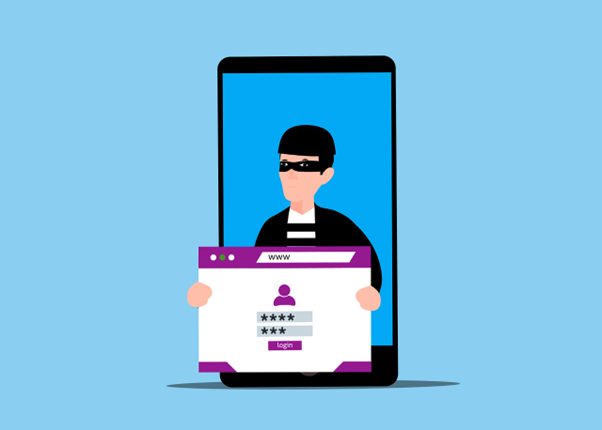Stop Credential Theft Before It Starts: How to Protect Your Business Logins
In today’s digital world, your company’s login credentials are a prime target for cybercriminals. Whether through sophisticated phishing scams or direct network attacks, hackers are getting smarter—and faster—at stealing the keys to your business data.
The numbers are staggering. According to Verizon’s 2025 Data Breach Investigations Report, more than 70% of data breaches involve stolen credentials. The consequences can be devastating: financial loss, downtime, and long-term damage to your reputation.
Relying on passwords alone isn’t enough anymore. To stay ahead of modern cyber threats, businesses must strengthen authentication methods and adopt smarter, layered defenses.
Understanding Credential Theft
Credential theft isn’t a single event—it’s often a carefully orchestrated process that can unfold over days or even months. Attackers use several methods to capture usernames and passwords, including:
Phishing emails: Fake messages that trick users into logging into fraudulent websites.
Keylogging malware: Software that records keystrokes to capture login details.
Credential stuffing: Using stolen credentials from one breach to access other accounts.
Man-in-the-Middle (MitM) attacks: Intercepting logins on unsecured networks.
Once attackers have access, they move laterally through systems to steal data, plant ransomware, or compromise cloud environments.
Why Passwords Alone Don’t Work Anymore
Traditional authentication—username and password—has been the foundation of access control for decades. Unfortunately, it no longer holds up against modern attacks.
Users often reuse passwords across multiple platforms.
Weak or predictable passwords are still common.
Even complex passwords can be phished or stolen.
To protect critical business data, organizations must go beyond passwords and implement advanced authentication strategies.
Advanced Protection Strategies for Business Logins
Defending against credential theft requires a multi-layered security approach that blends prevention, detection, and user education.
Multi-Factor Authentication (MFA)
MFA adds a second layer of security—something you have or are, in addition to something you know. This could be:
A temporary verification code
A hardware key like a YubiKey
A biometric scan such as a fingerprint or facial ID
Even if a password is stolen, MFA keeps hackers out. It’s one of the simplest and most effective steps you can take.
Passwordless Authentication
Forward-thinking companies are ditching passwords altogether. New systems use:
Biometrics for identity verification
Single Sign-On (SSO) across trusted applications
Push notifications that require approval from a secure device
These methods minimize password fatigue and significantly reduce risk.
Behavioral Analytics and Anomaly Detection
AI-driven security tools can now spot suspicious login activity in real time. They monitor for:
Logins from unfamiliar locations or devices
Unusual access times
Repeated failed login attempts
By identifying anomalies early, businesses can act before attackers do damage.
Zero Trust Architecture
Zero Trust operates on a simple but powerful principle: never trust, always verify. Instead of assuming that users inside your network are safe, every request is continuously authenticated and authorized based on identity, device health, and context.
The Human Factor
Even the strongest technical defenses can fail if employees aren’t aware of the risks. Human error remains the leading cause of security breaches.
Regular cybersecurity training should teach employees how to:
Recognize and report phishing attempts
Use password managers safely
Avoid reusing credentials
Understand the importance of MFA
An educated workforce is your most reliable defense against credential theft.
Prepare, Don’t React
Credential theft isn’t a matter of if—it’s a matter of when. But you can minimize the damage by being proactive. Adopt MFA, implement Zero Trust principles, and invest in ongoing employee awareness.
Contact Hoop5 today to strengthen your login security and build a resilient authentication framework that protects your data and your business.
For more tips and tech info, follow us on LinkedIn and Instagram.
Inspired by insights from The Technology Press.

